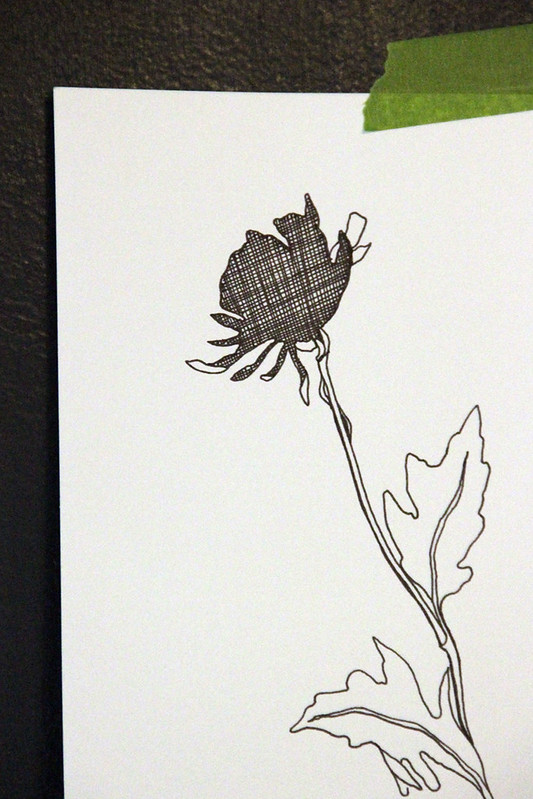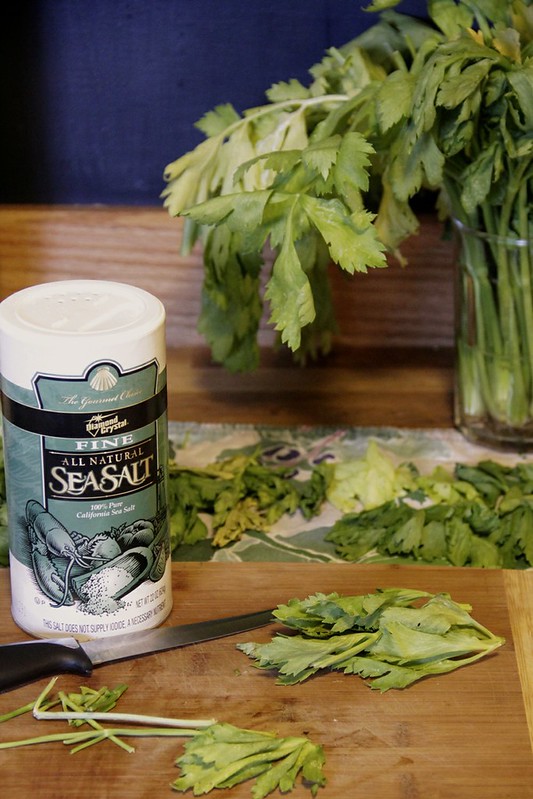That chicken place has gotten pummeled lately for their stance on marriage. When the whole thing started I jokingly said they were actually promoting gay culture by poisoning the straight people who lauded them for their stance. I knew there was a lot of truth behind the joke, since I've bee looking into (and avoiding) foods with MSG. When I read 100 Days of Real Food's post about the chain restaurant's ingredients I thought I'd make a visual.
I decided a grilled chicken salad was probably the most innocuous item on the menu. Click on the image if you want to see it full size. I simply screen captured the page with the description and the page with the ingredients, then added the words in green to clarify. Keep in mind, the ingredients list doesn't include salad dressing, which is usually packed full of preservatives, flavor enhancers and artificial everything.
Keep in mind, I'm no scientist and am just looking for some descriptions of what these things are. Oddities in order of their appearance in the ingredients: sugar, butter flavored vegetable oil, yeast extract, and seasoning.
Let's examine the
butter flavored vegetable oil. It contains
soybean oil, a byproduct of the soybean, which you can generally assume is GMO if the soybeans were not organic. Next up is
palm kernel oil, a plant-based oil
high in saturated fats, those are the artery clogging fats. Then there is the
natural and artificial butter flavoring. I think butter in moderation is largely okay, but the artificial part is pretty scary. It's a lab-created flavoring agent that tricks your brain into thinking it tastes like butter, weird. If that's not scary to you, butter flavoring is a mixture of over 100 different chemicals. Inhalation of its vapors (by factory workers, see
Popcorn Workers' Lungs, seems to be the most dangerous form of intake, but oddly enough,
this study indicates the chemicals create mutant forms of salmonella.
Other studies indicate it could cause long term neurological defects such as Alzheimers. Enough about that, what's that
TBHQ stuff? Oh, just a by-product of petroleum. In regulated doses,
the FDA considers it safe, though in higher doses it may cause stomach tumors and DNA damage.
Yeast Extract is a "savory flavoring" akin to salt, in which the cell walls of the yeast have been removed. In my vegetarian past I avoided yeast extract simply because it's often derived from beef or pork. I'm assuming yeast extracts vary, but can be processed free glutamic acids. It means they aren't chemically bound to the amino acids around them, making our bodies process them in much the same way as we do MSG or monosodium glutamate (MSG)*.
Seasoning: Kudos for listing seasoning, as most ingredients lists aren't so comprehensive and are often used as a nice little hiding place for MSG. This seasoning mix contains sugar and soybean oil. There's
modified food starch, a generic term for a thickening agent that is pretty much a non-food; no nutritional value, but it may be derived from wheat, so beware if you have Celiac disease.
"Natural flavors" is another one of those hiding places for weird stuff, this time
there's no real way to tell.
Dextrose is sugar, and can be derived from many sources.
Potassium phosphate is a type of salt.
Maltodextrin is another sugar, this one comes with less of an insulin spike.
Autolyzed yeast extract is when the cell walls remain intact, and another form of free glutamic acids.
Disodium inosinate and
disodium guanylate work in conjunction with the yeast extracts "
to impart a magnification of the savory taste sensation" which means they basically enhance the MSG experience.
The rest of the ingredients are pretty easy to decipher, unless you want to get into the enzymes used in the cheese making process. That's a whole different blog post.
Further Resources for the Ingredient Curious:
Other surprises in fast food.
100 Days of Real Food's ongoing series investigating fast food
*Why do I avoid MSG? Simply put, there's a fine line with my brain that limits how much MSG I can eat. Too much and I quickly get a massive, pounding migraine. If Charlie has too much, he throws up...as in gets up from dinner at a restaurant and finds the nearest trash can vomits. True story. Other than that, MSG is an excitotoxin, the fuel on the fire for spreading cancer cells through our bodies.









